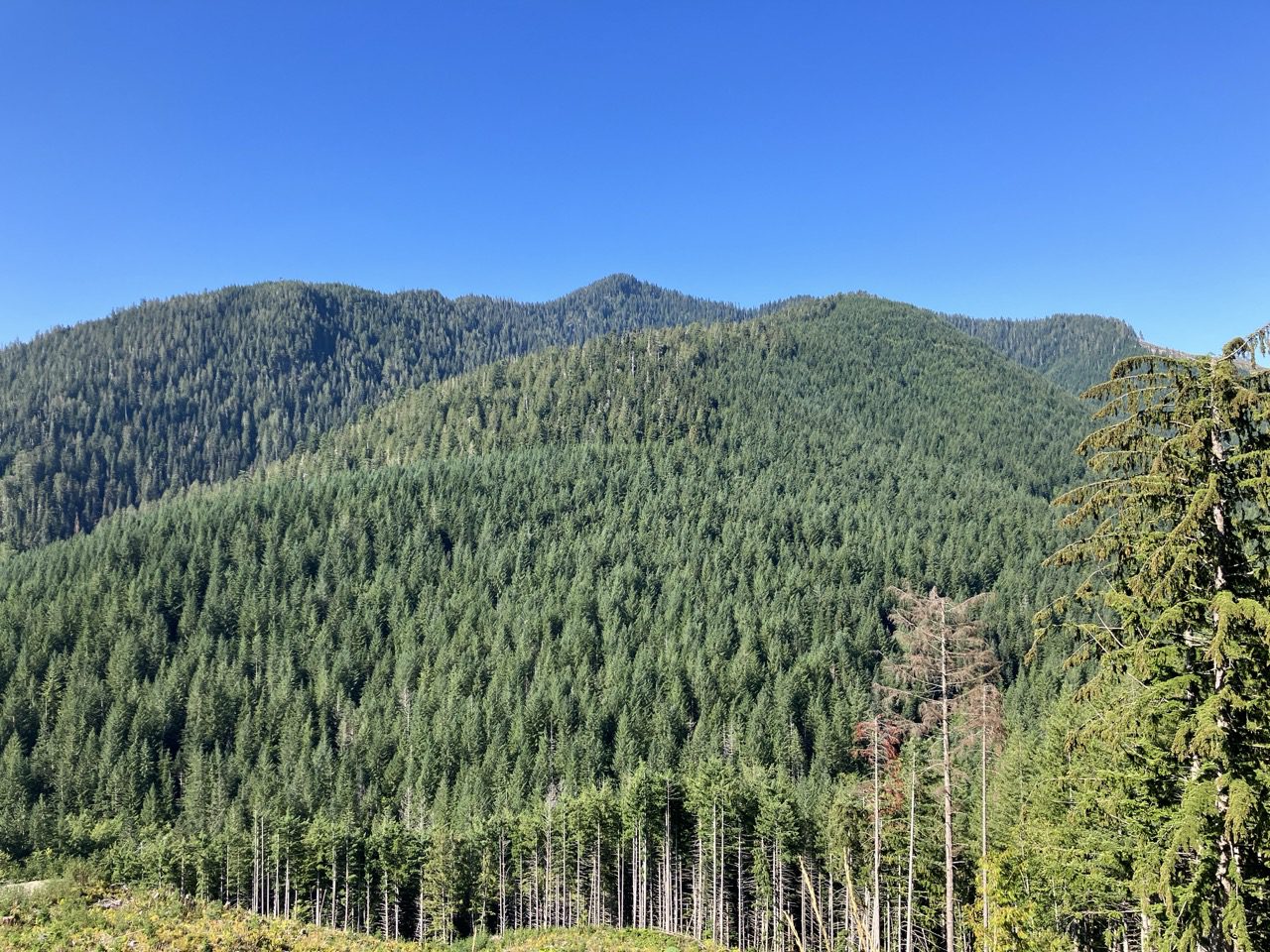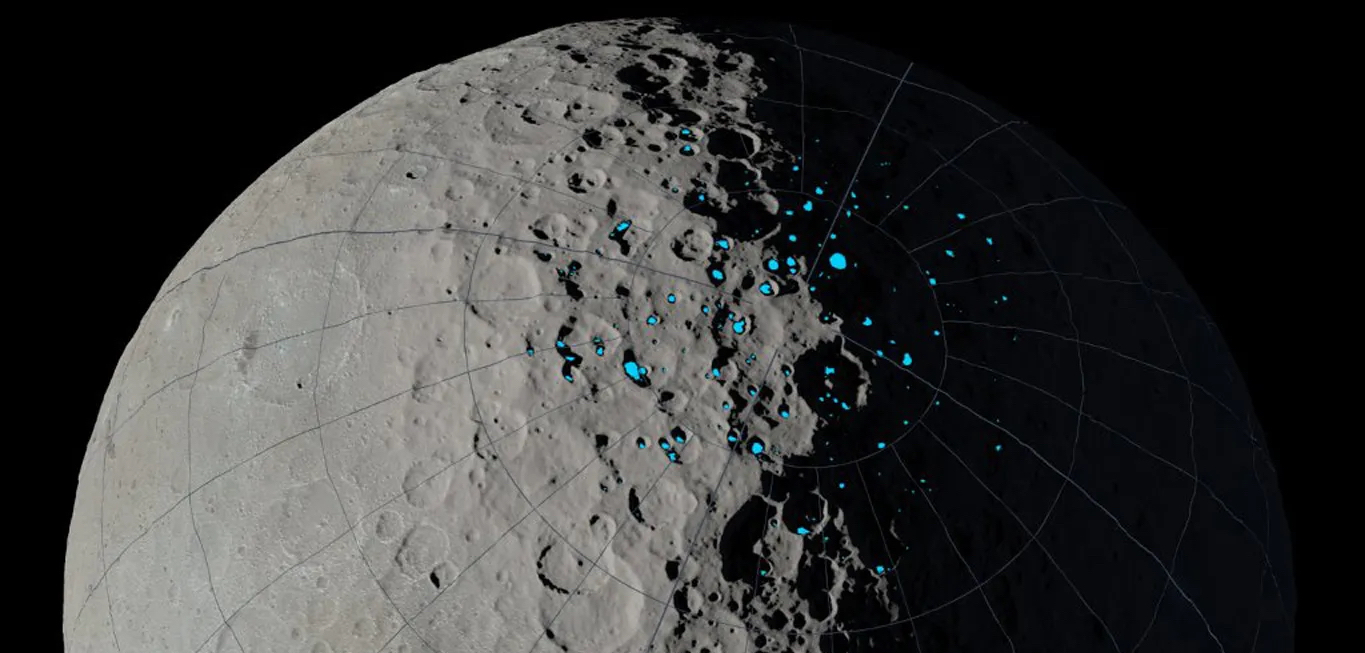There is water ice in many craters on the surface of the dwarf planet Ceres. A team of researchers recently examined the properties of the ice in these cold, shadowy craters and concluded that they are surprisingly young.
Ceres is the only dwarf planet in the inner solar system. The rocky world is about a quarter the size of the Moon. Its popularity among researchers is due to the fact that it is probably one of the few remaining protoplanets in the solar system, most of which have migrated, perished in collisions, or merged into planets.
Between 2015 and 2018, NASA's Dawn spacecraft examined Ceres at close range, as it approached the dwarf planet's surface to within 35 kilometers. The spacecraft examined craters at Ceres' poles, most of which are never exposed to sunlight during the dwarf planet's 4.6-year orbit around the sun. The Dawn spacecraft discovered ice deep in these mysterious craters.
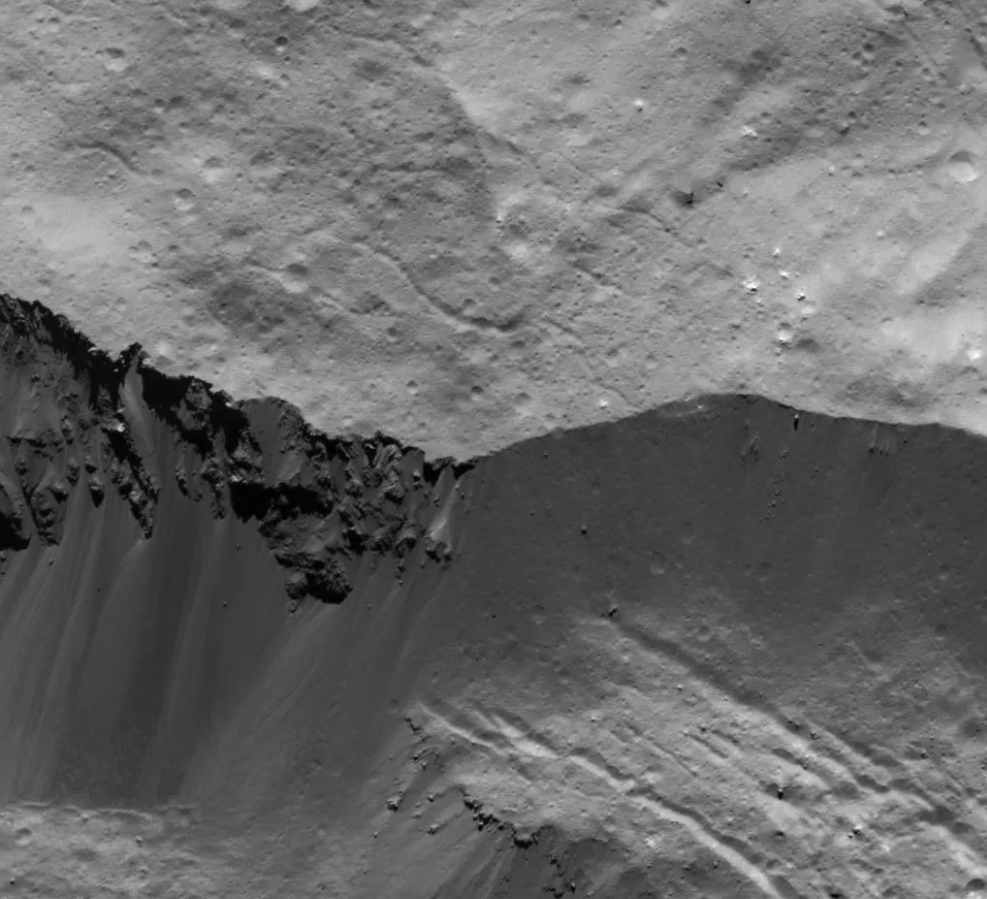
Norbert Schorgofer (Planetary Science Institute) and colleagues created a detailed model of Ceres' surface based on data from the Dawn spacecraft in order to see which craters remain in the shadow during changes in axis tilt. The tilt angle of Ceres' axis varies between 2 and 20 degrees over a period of 24,000 years due to the tidal forces of the Sun and Jupiter. The researchers found that when Ceres' axial tilt reaches its maximum, the depth of the crater no longer remains in shadow during a Ceres year.
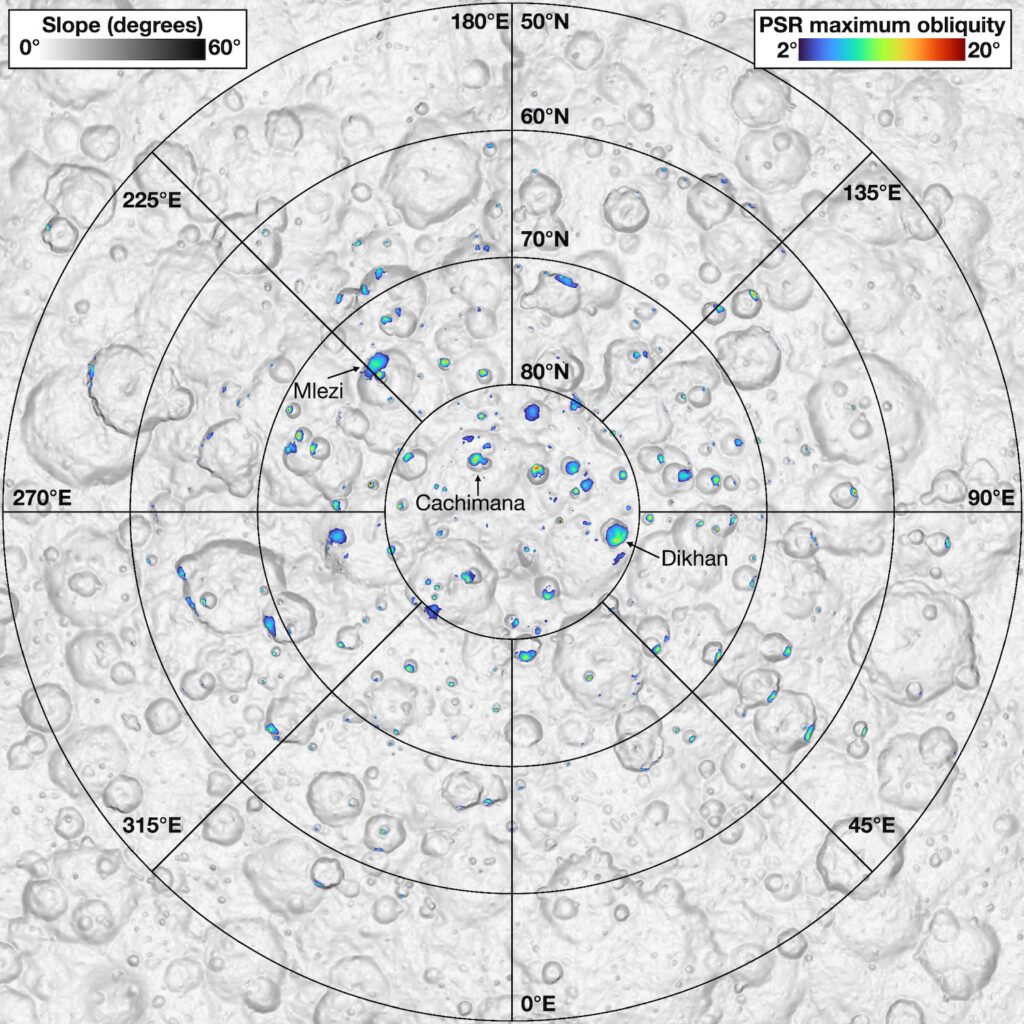
The researchers were curious about the fate of Ceres' ice stores, so they estimated how long it would take for the ice on the dwarf planet's surface to completely sublimate, i.e. turn into gas. According to the results, under the influence of direct sunlight, ice stores on Ceres sublimate rapidly, more than one centimeter per year. If the ice rises slowly, it could remain on Ceres' surface for billions of years. However, since this process occurs quickly, Ceres' ice is almost certainly young, at least in astronomical terms.
Currently, the ice-covered craters remain in shadow until the tilt of Ceres' axis reaches 10 degrees. The last such event occurred 6,000 years ago, meaning the ice on Ceres' surface could not be more than six thousand years old. That's a very short time period for a 4 billion year old protoplanet… Where could this ice come from?
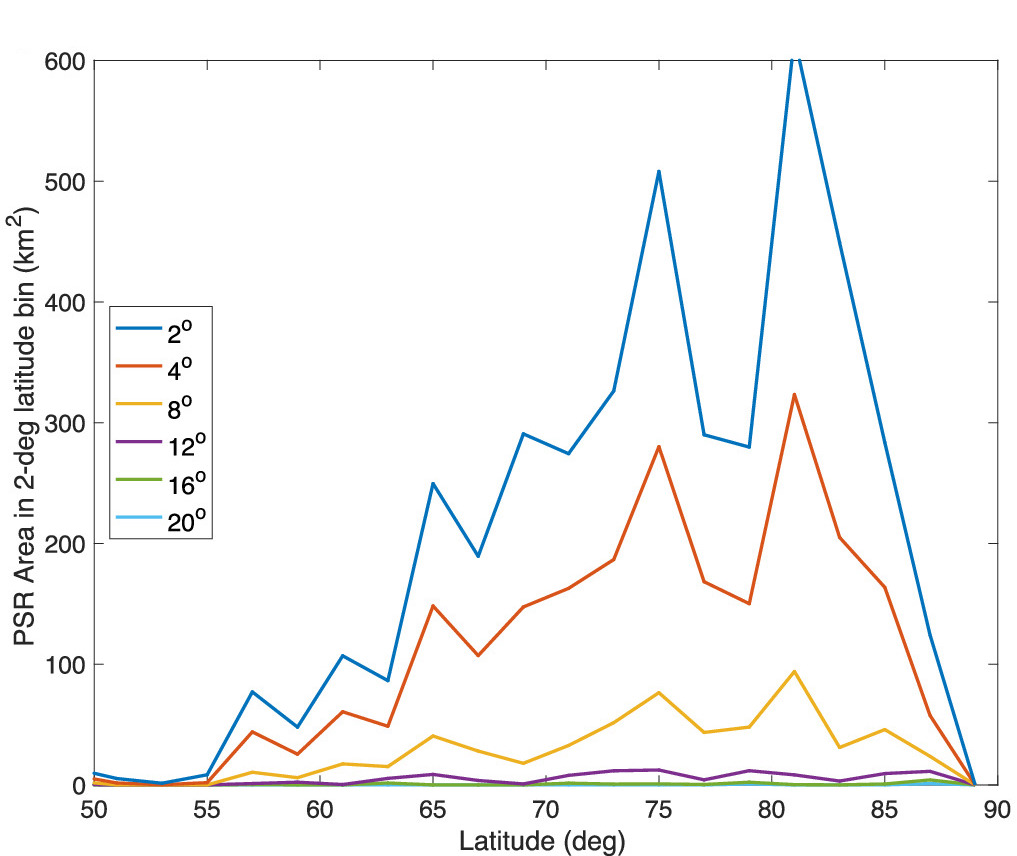
A large amount of ice is hidden a few centimeters below the surface of Ceres' rock, so any impact on the lithosphere, whether a landslide or an impact, could bring ice to the surface. According to the researchers, the source of the ice on Ceres' surface is most likely a collision that created a temporary atmosphere, after which the water vapor in the craters froze and turned into ice.
The research team also looked into whether other types of ice, such as carbon dioxide ice, were present in Ceres' craters, but they concluded that although the craters are very cold, they are too hot for gases other than water vapor to escape. They freeze in it.
Report results Technical material It was published in the journal Planetary Science.
source: AAS Nova
comment






















![The Italian Souls clone has been delayed, but is coming to multiple consoles [VIDEO]](https://thegeek.hu/wp-content/uploads/sites/2/2024/05/thegeek-Enotria-The-Last-Song-1.jpg)





